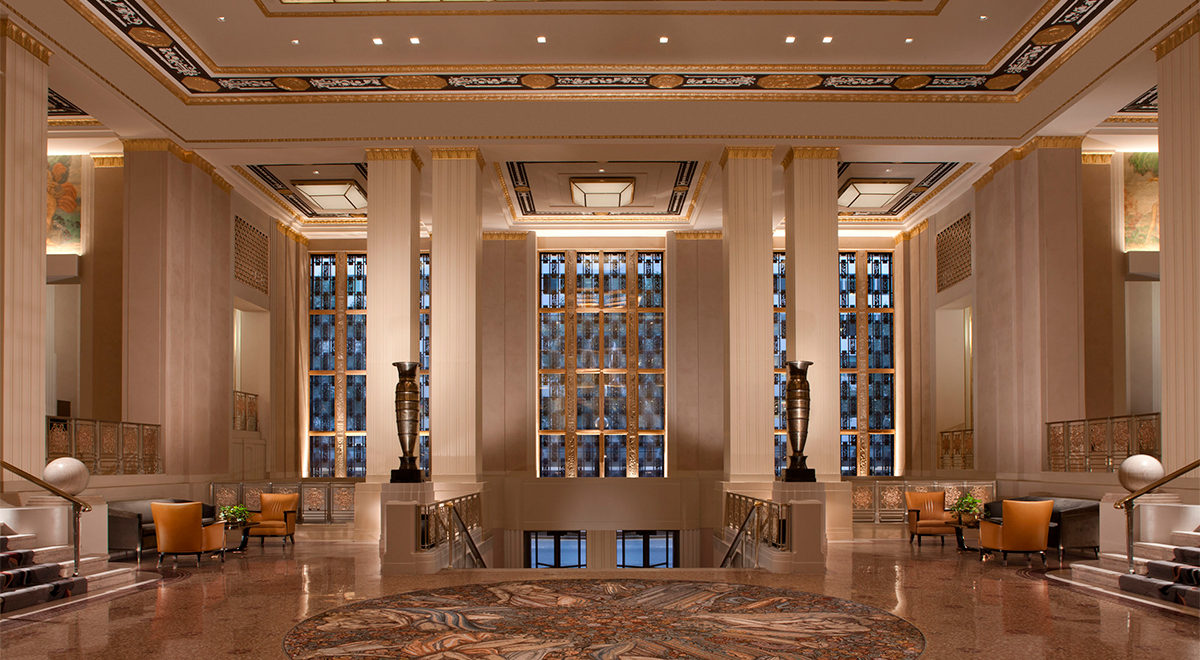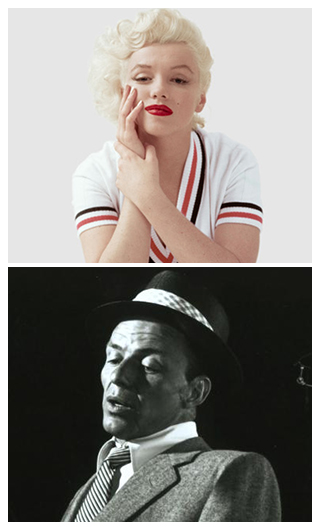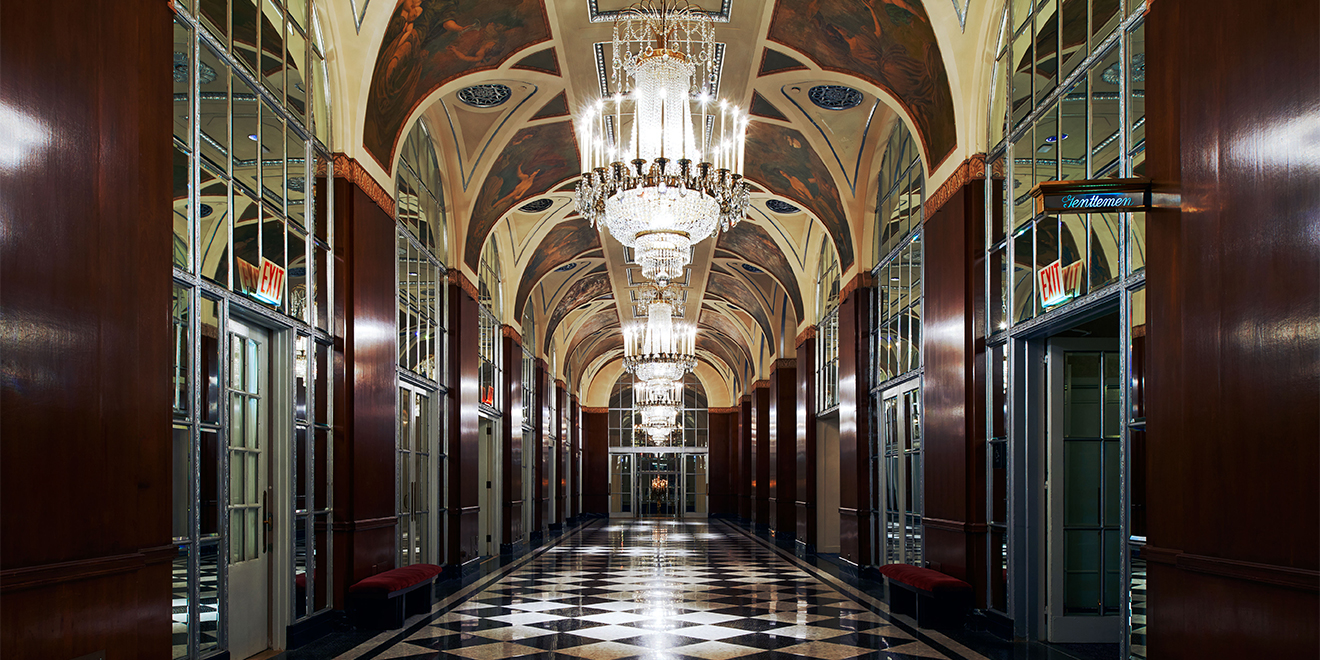Robert Klara reports in Advertising Week:
The adaptive reuse of older structures is nothing new, and what determines prices are factors such as location, views and amenities. But in the Waldorf’s case, the marketing of the apartments will be the cachet of the hotel’s name. The market is international, not so much New Yorkers. “Many American cultural icons are even greater icons abroad.”
When New York’s legendary Waldorf Astoria closed its doors earlier this week, it left two things behind: a legend and questions.
First, the legend. In the nearly nine decades since the soaring, Art Deco hotel opened its doors on Park Avenue in 1931, nearly every luminary of the 20th century (and many of the 21st) stayed, danced, ate, performed or lived within its storied limestone walls—Marilyn Monroe, Grace Kelly, Tony Bennett, Sammy Davis Jr., Cole Porter, Frank Sinatra and the Duke and Duchess of Windsor (to name just a few).
John F. Kennedy and Jackie started their honeymoon at the Waldorf, and every president from Herbert Hoover to Barack Obama slept in the $4,000-per-night presidential suite.The Waldorf salad was invented in 1893.Courtesy of Waldorf Astoria
The Waldorf has been in song lyrics (“Give My Regards to Broadway”) and in movies (The Godfather Part III, Scent of a Woman).
The Waldorf’s kitchens gave the culinary world the Waldorf salad (a jumble of apples, celery and walnuts), along with eggs Benedict and Thousand Island dressing.
Waldorf even became the name of a Muppet, the white-haired codger in the theater box seat who, with his sidekick Statler, taunted performers with merciless jibes.
As for the questions, there are many. Chinese insurance firm Anbang dropped $1.95 billion to buy the 1,413-room Waldorf from Hilton in 2014 and plans to turn three-quarters of its rooms into luxury condos. Anbang has not disclosed how many of the hotel rooms will remain (reportedly as few as 300). Nor has the company revealed how pricey the Waldorf condos will be. (Fair guess: extremely pricey.)
When the Plaza Hotel, another grande dame in midtown Manhattan, underwent its conversion to condos in 2008, the apartments hit the market between $6 million and $36 million, though the landmark building proved unable to consistently command those prices or appreciate in value compared with other luxury buildings in the area.
Developer Benjamin Shaoul, president of Magnum Real Estate Group, which develops residential properties in New York, thinks it’s going to be “a little challenging” for Anbang. “It’s a tough time in the market to have such high aspirations, and unless they have some kind of special formula in selling these apartments … I think it’ll be a tough lift,” Shaoul says.
Of course, there is one thing special in this formula, and that’s the Waldorf brand name itself.
Across the country, the adaptive reuse of older structures is nothing new, and what frequently determines prices in such projects are the usual factors such as location, views and amenities. But in the Waldorf’s case, a wild card in the marketing of the apartments will be the cachet of the hotel’s name.The Waldorf's Deco lobby off Park AvenueCourtesy of Waldorf Astoria
Will it be enough to make a difference? Well, that depends on whom you ask.
“The Waldorf is still considered the Tiffany of hotels, even if it’s not really deserved,” notes Hayes Roth, founder of marketing firm HA Roth Consulting. “It’s a gold-standard name and brand, and it’s also known as where heads of state stay,” he says, referring to the Waldorf’s favored hotel when the nearby U.N. General Assembly meets each September. So when the place reopens as a condominium, Roth says, “the brand is eminently revivable.”
Shelley Clark agrees. Clark, who worked as the Waldorf’s publicist from 1998 to 2006, not only praises the opulence of the hotel’s architecture and public spaces, but also believes that its history ranks among its chief brand assets.www.marilynmonroe.com, www.sinatra.com
“The Waldorf name and history will be in their favor,” Clark said. “Who wouldn’t want to have the bragging rights to having the former presidential suite of the Waldorf? Or the Royal Suite where the Duke and Duchess of Windsor stayed? Or Frank Sinatra’s suite? It goes on and on. How many buildings offer that?”
Surely not many. And while it’ll never take the place of location and square footage, a famous past (even a shady one) can boost a residential building’s desirability quite a bit. Case in point: Washington, D.C.’s Watergate complex. Despite its being the location of the infamous 1972 break-in that ended the presidency of Richard Nixon and, more recently, serving as a hideout for Clinton White House intern Monica Lewinsky in 1998, the Watergate set a real estate record a few years ago when a three-bedroom apartment sold for $3.1 million. (The Nixon-era scandal has, in fact, become an integral part of the complex’s marketing.)
Clark adds that the Beijing-based Anbang—which tried and failed to acquire Starwood Hotels for $14 billion last year—will most likely market its Waldorf condominium units to prospective foreign buyers. (Hilton has already opened some 25 properties under the Waldorf Astoria name in 12 countries.) If it does, she says, the Waldorf nameplate might be shinier to that crowd than a domestic one.
“Their market is international, not so much New Yorkers,” Clark says. “Typically, many American cultural icons are even greater icons abroad.”The Silver Corridor on the hotel's third floorCourtesy of Waldorf Astoria
Indeed, it was the arrival of deep-pocketed foreign buyers that created New York’s “Billionaires’ Row,” the collection of spindly high rises along 57th Street notorious for $7 million apartments with absentee owners. Seen as a safe place to park money, these buildings have drawn overseas buyers for whom a Central Park view and a 57th Street address are enough. Add in a famous name, Roth says, and the prospect becomes more attractive. “The Waldorf Astoria is like Park or Fifth Avenues. It has cachet, especially to an international audience.”
But what about a local audience? That, Shaoul will tell you, is a different story. Does the wealthy New York buyer care about the legend and prestige of the old hotel’s name?
“I’d say the younger generation doesn’t,” Shaoul said. “The Waldorf name doesn’t resonate as much as it does with the older generation, [and] it probably resonates more with foreigners. I don’t want to give it too much value. I’m 39 … and I don’t have friends or colleagues who are saying, ‘Oh, hey, I’m looking for an apartment in the Waldorf Astoria.'”
























0 comments:
Post a Comment